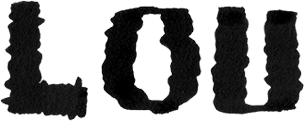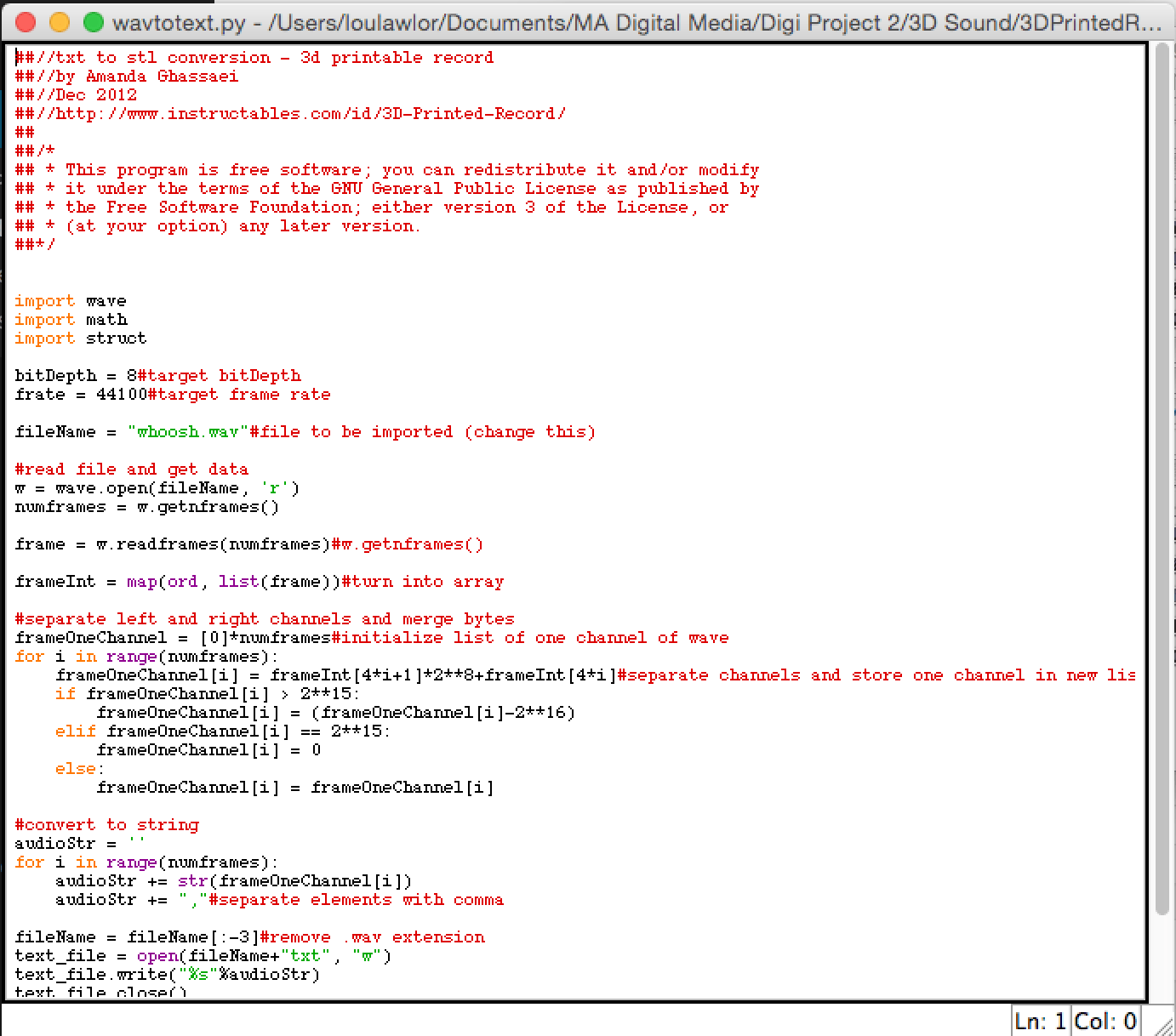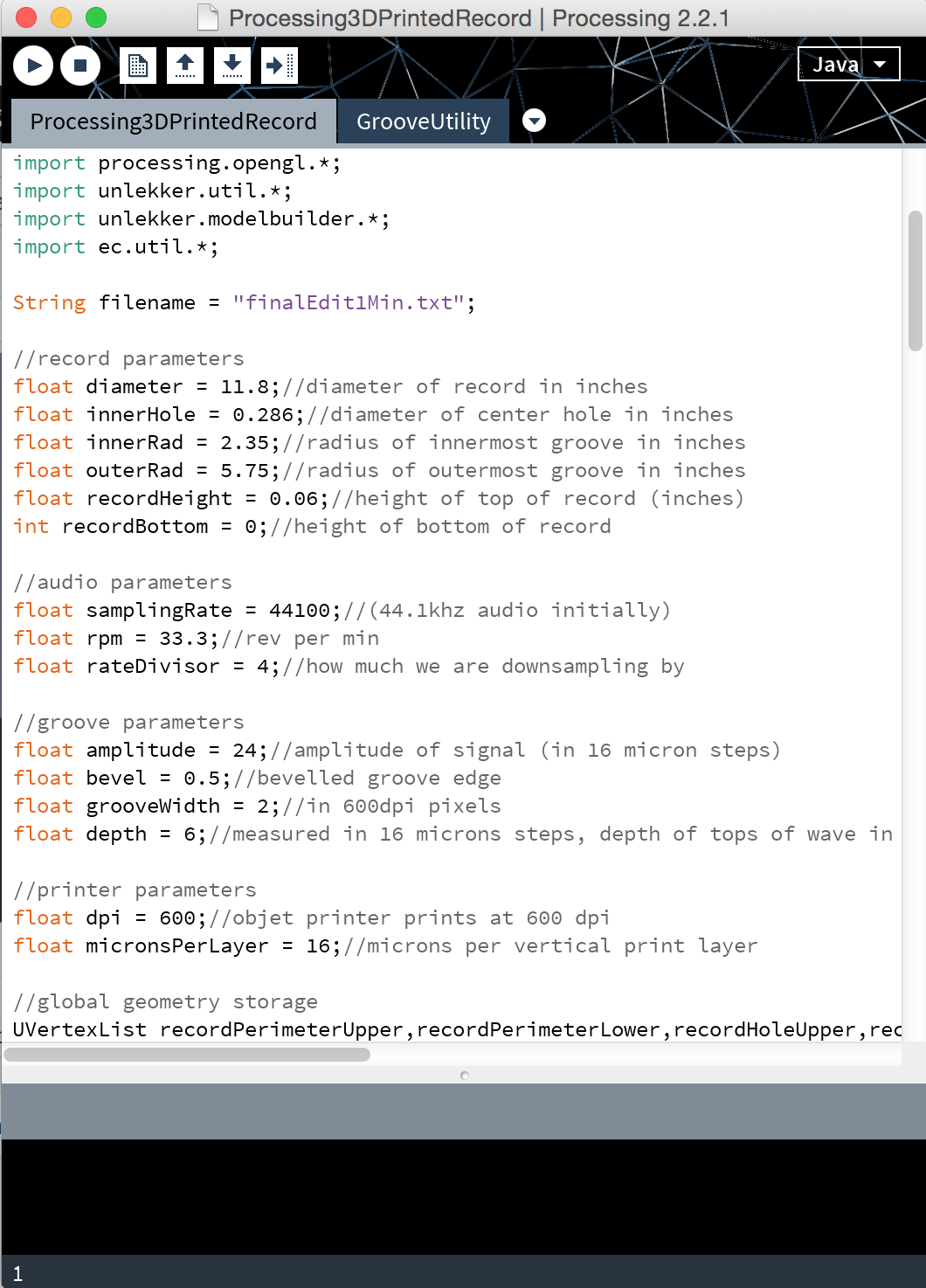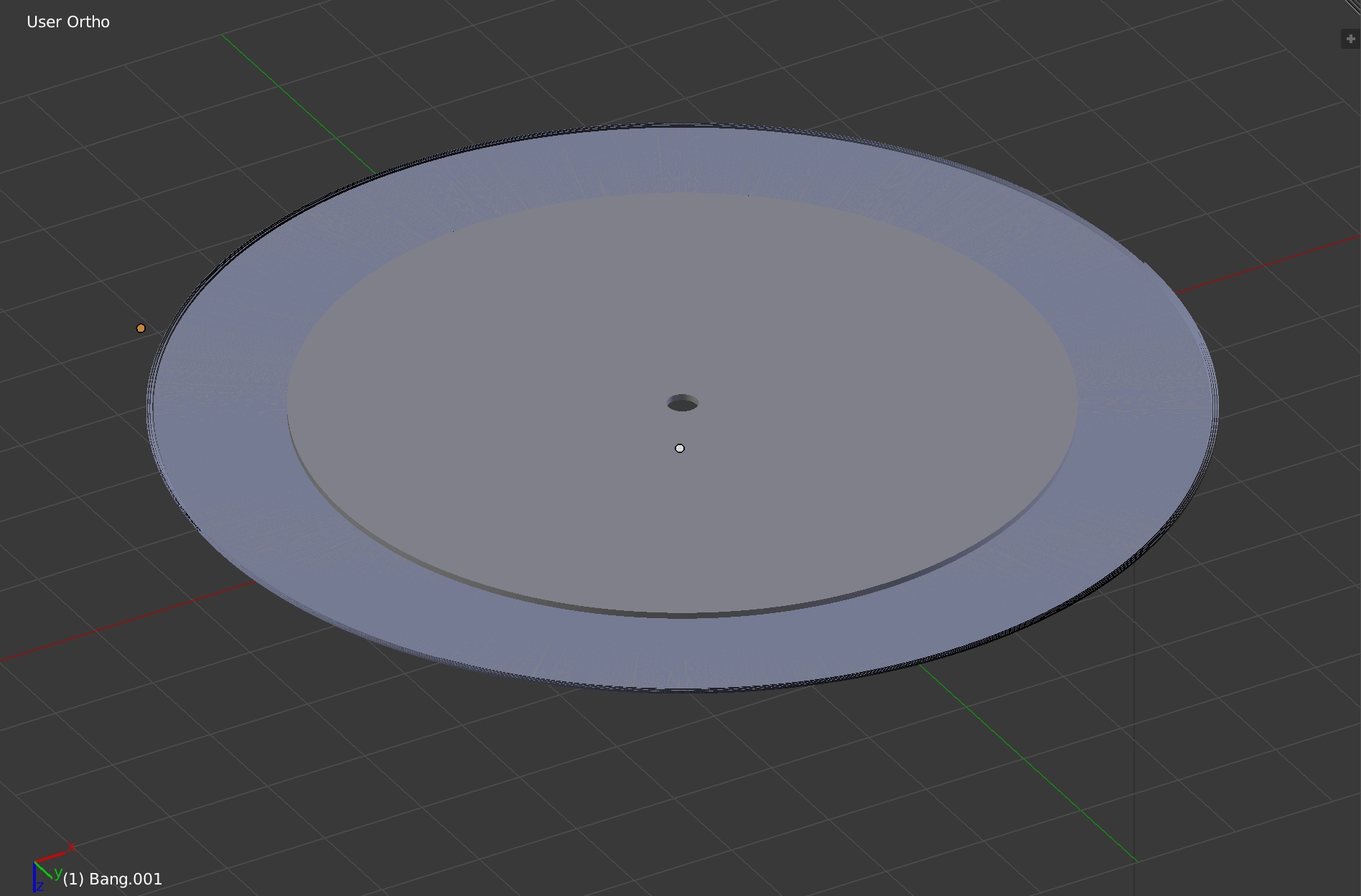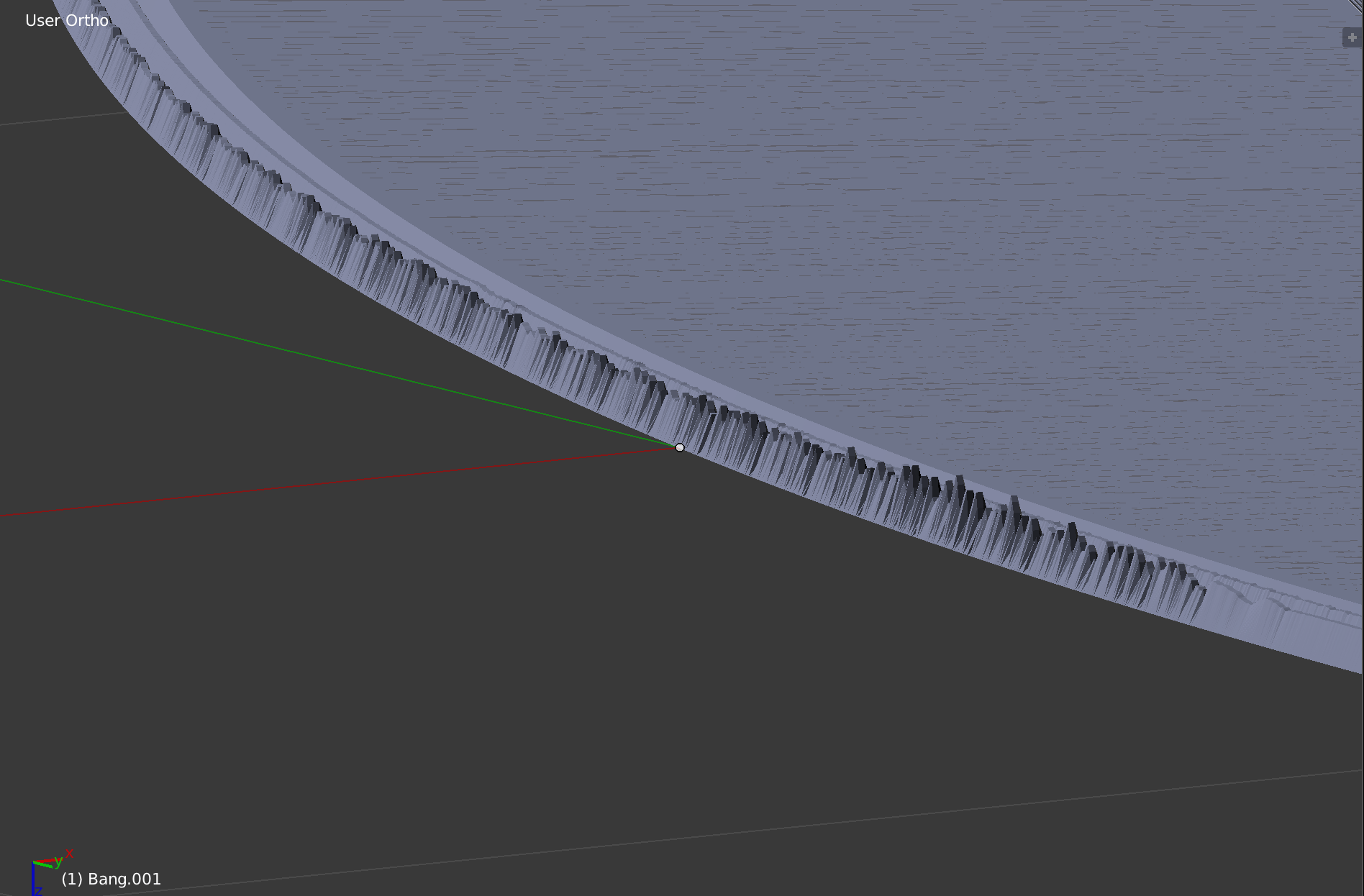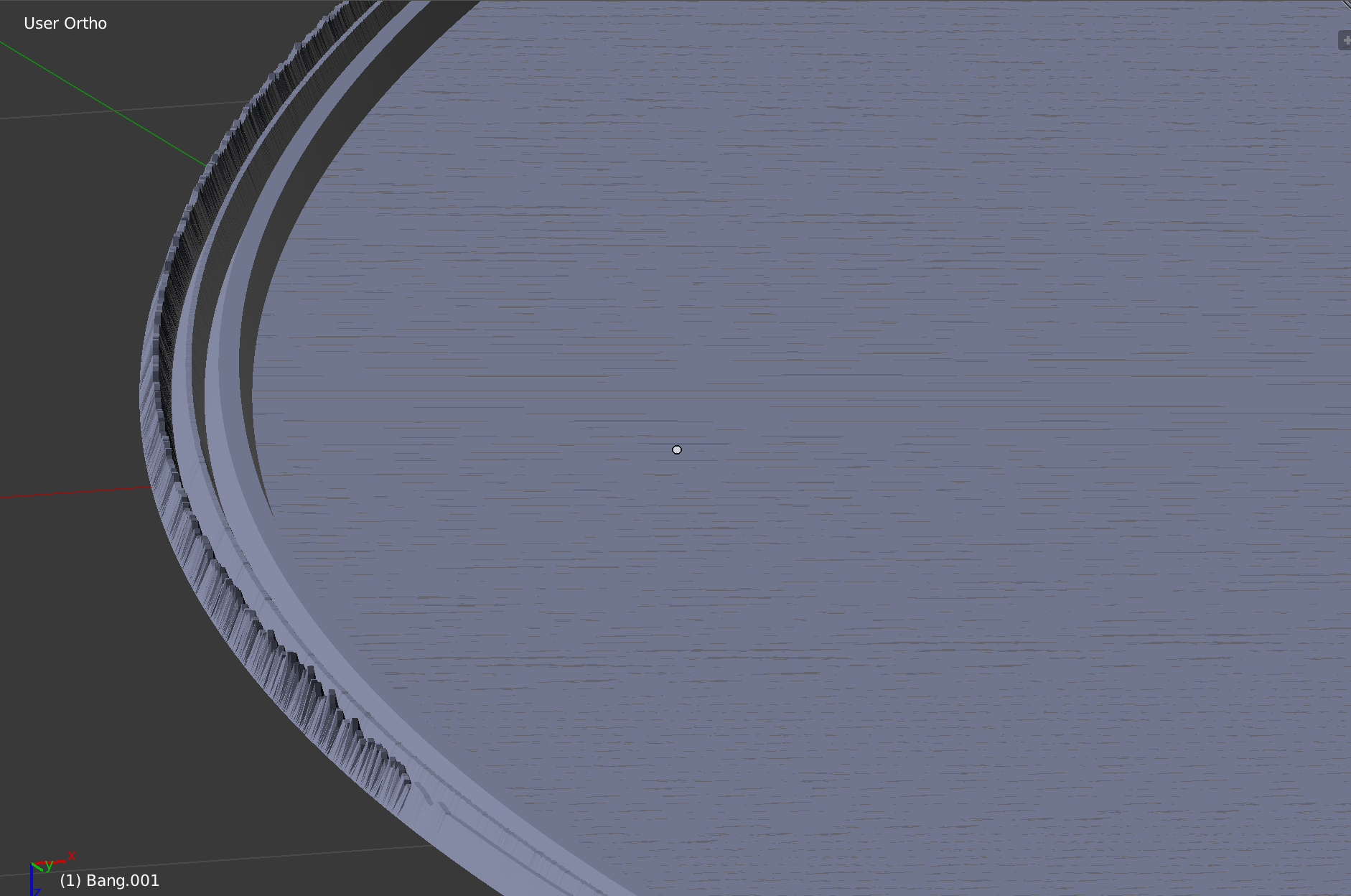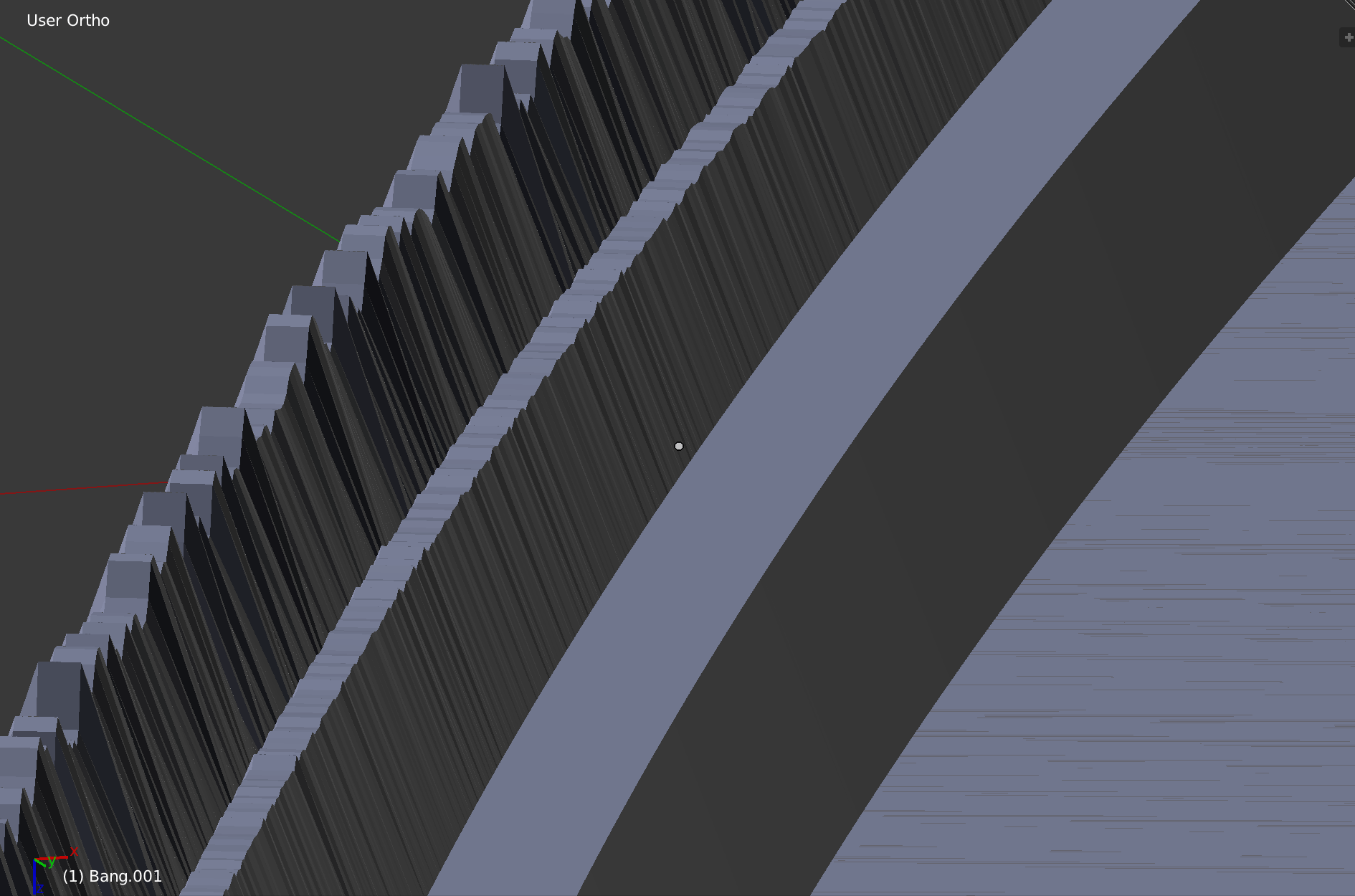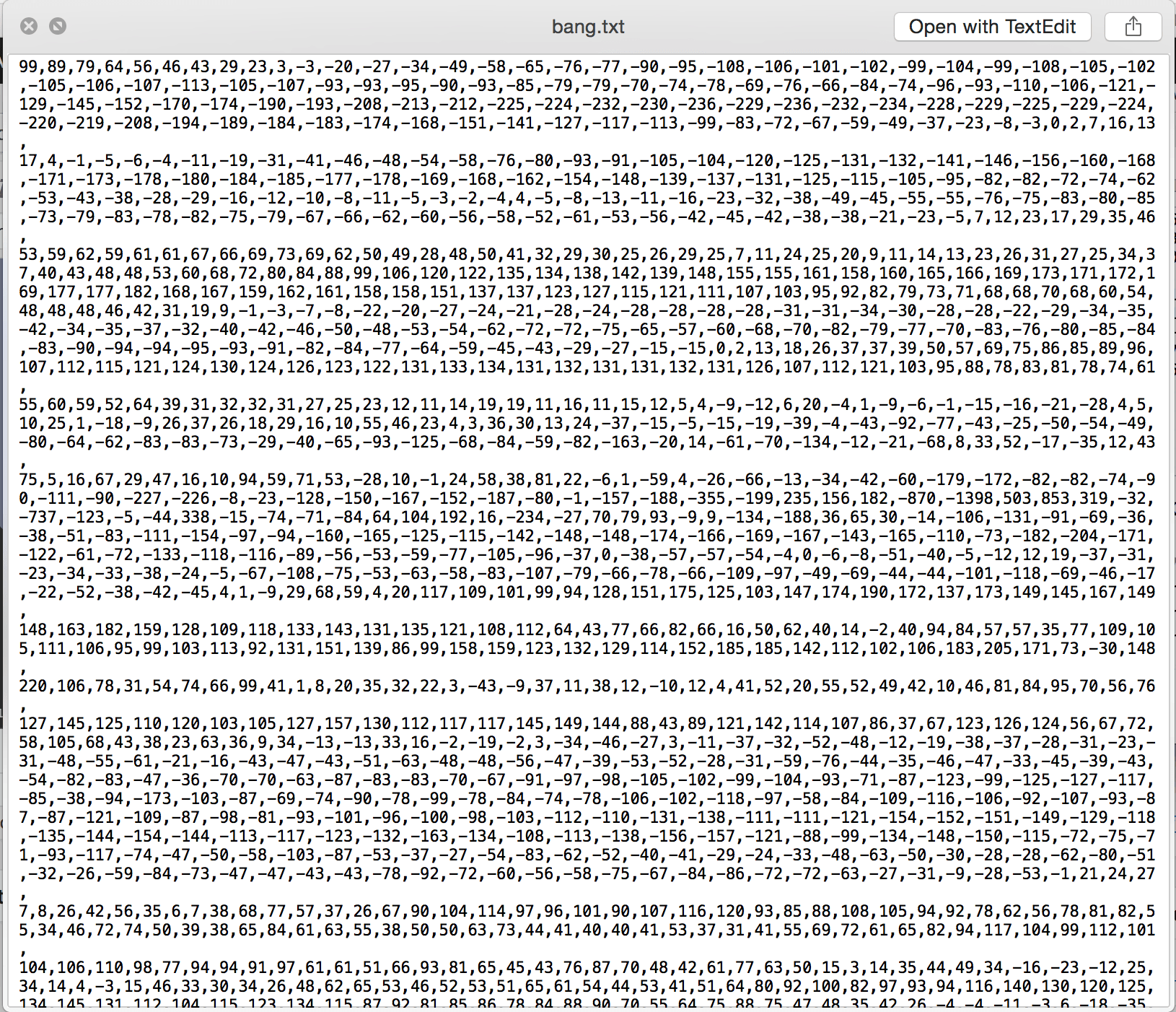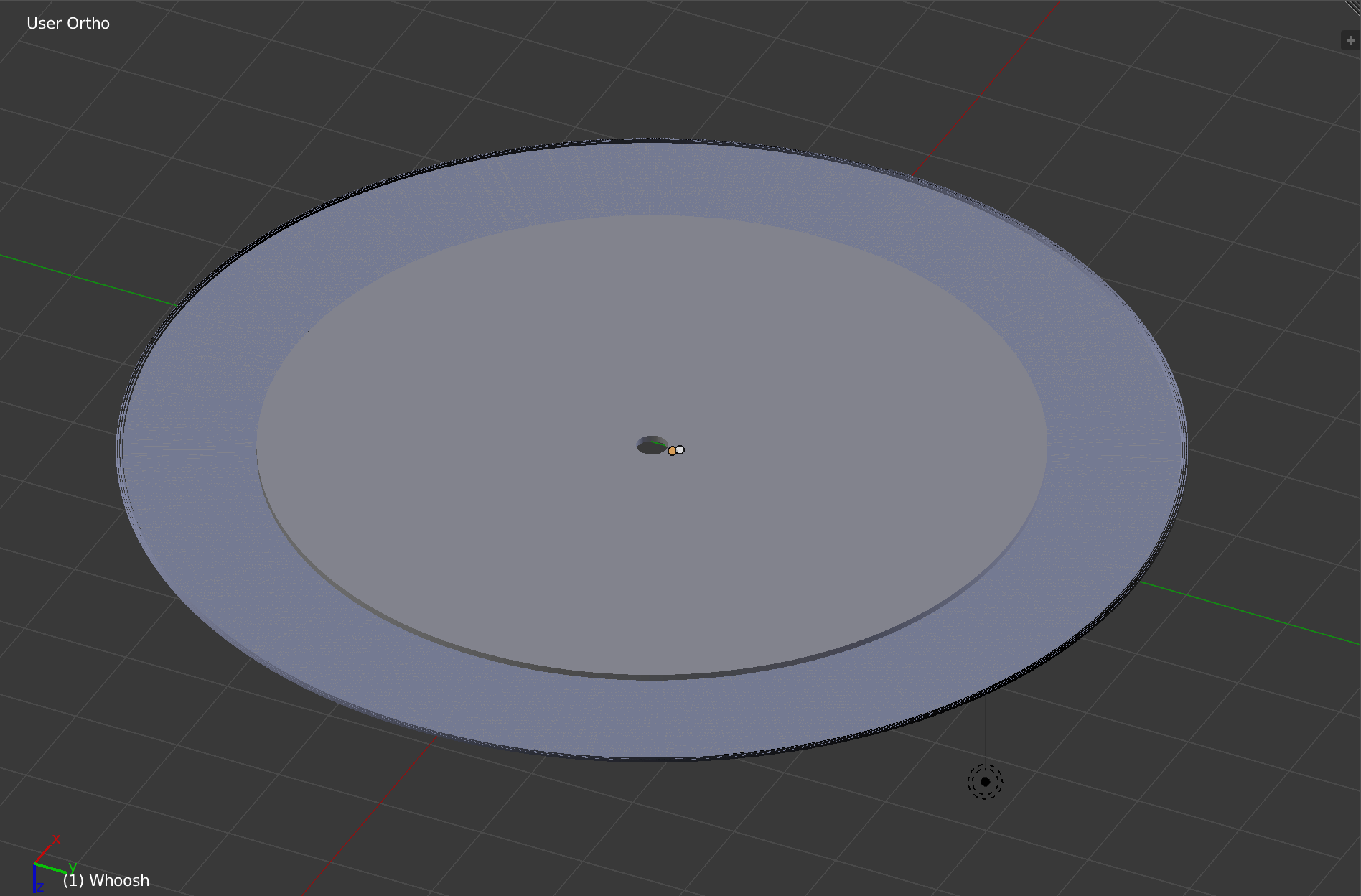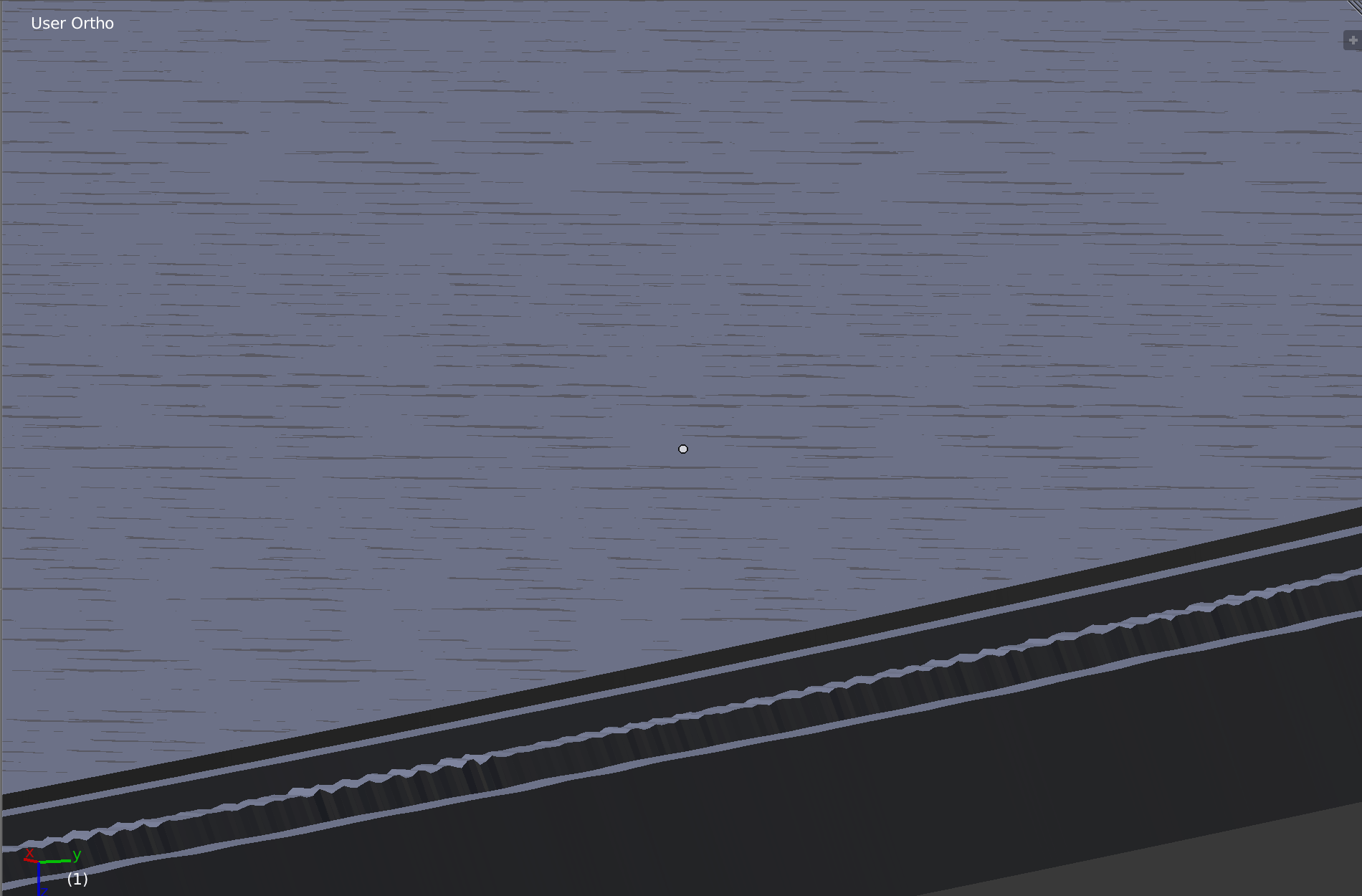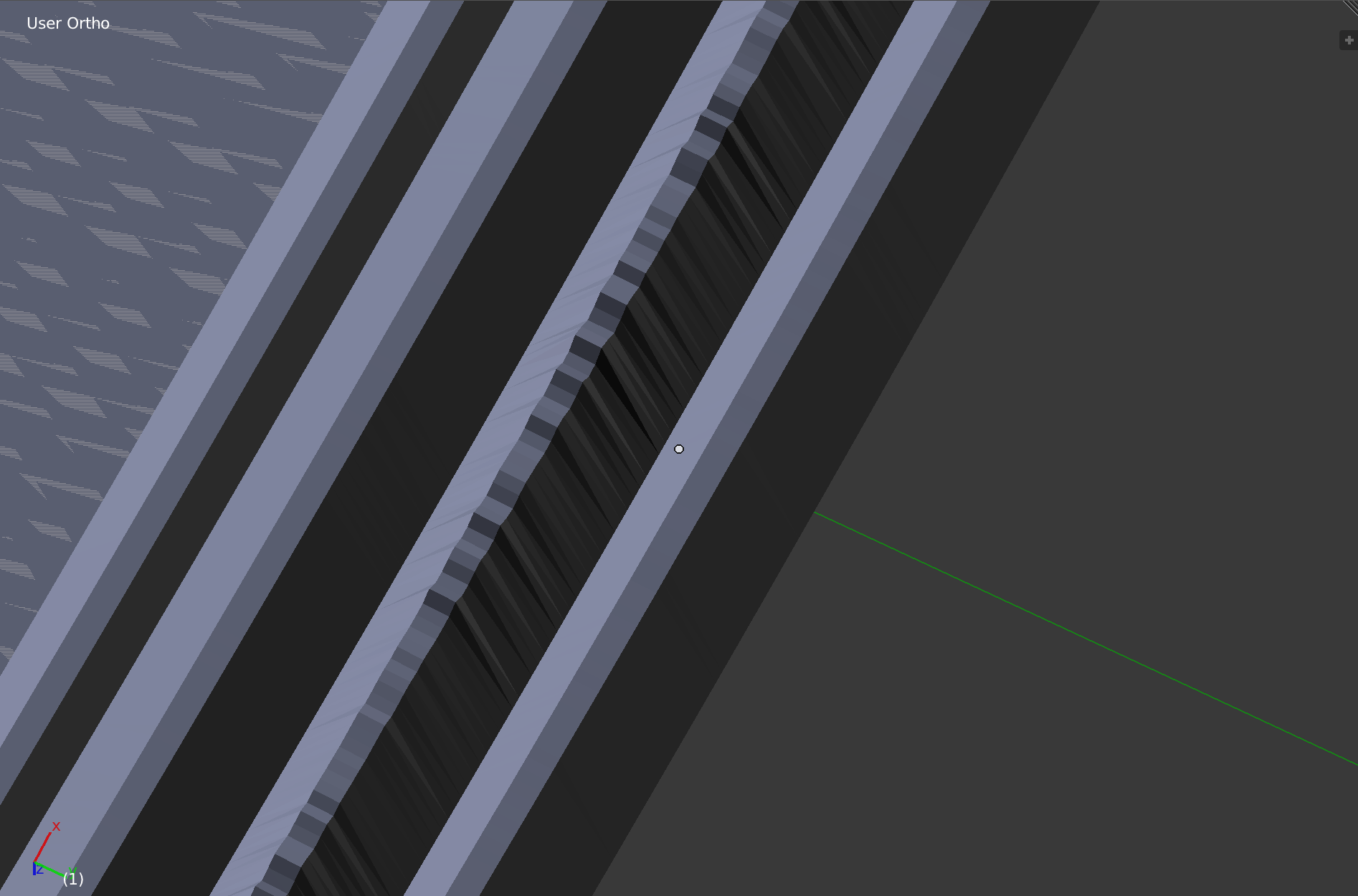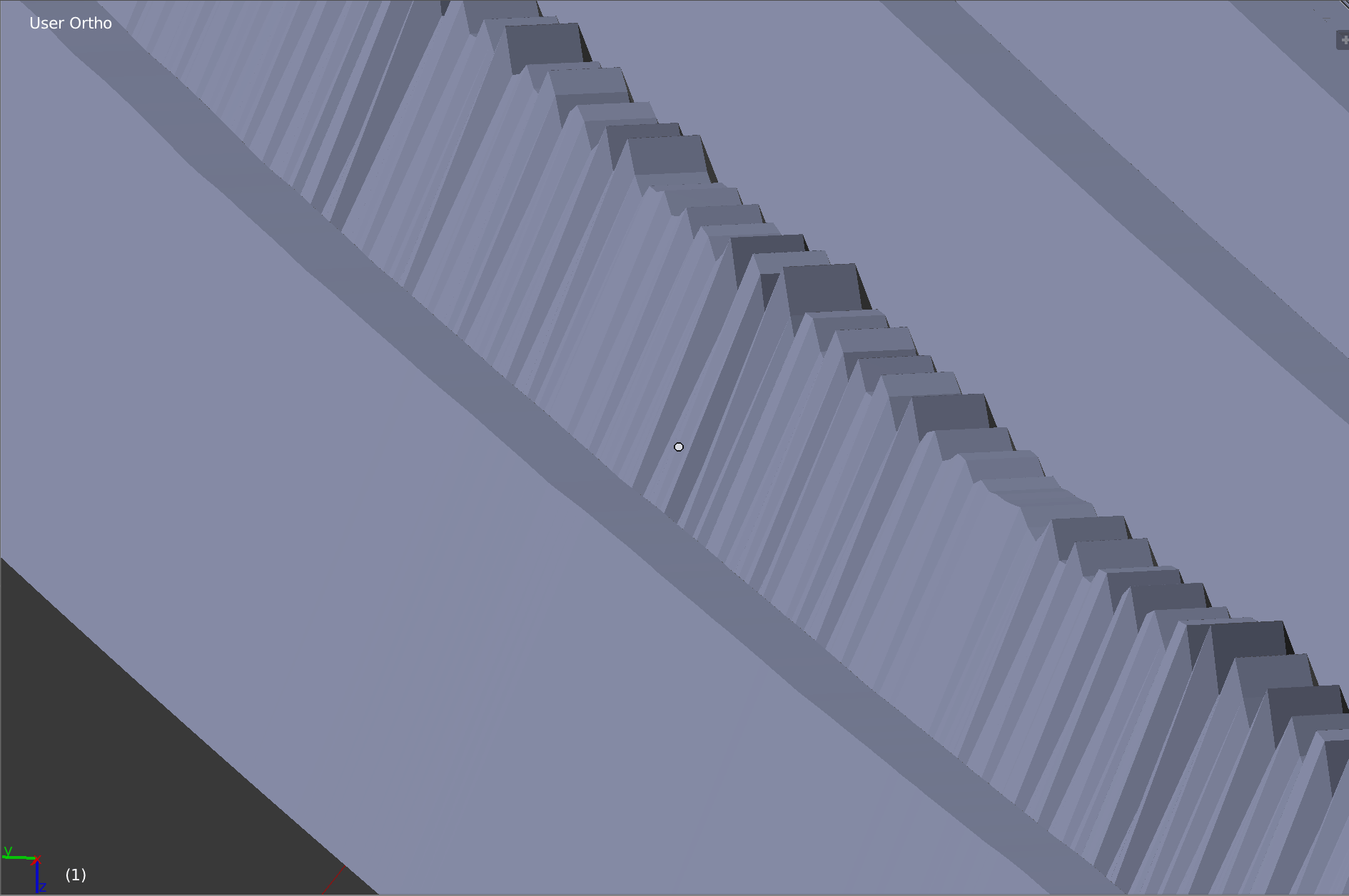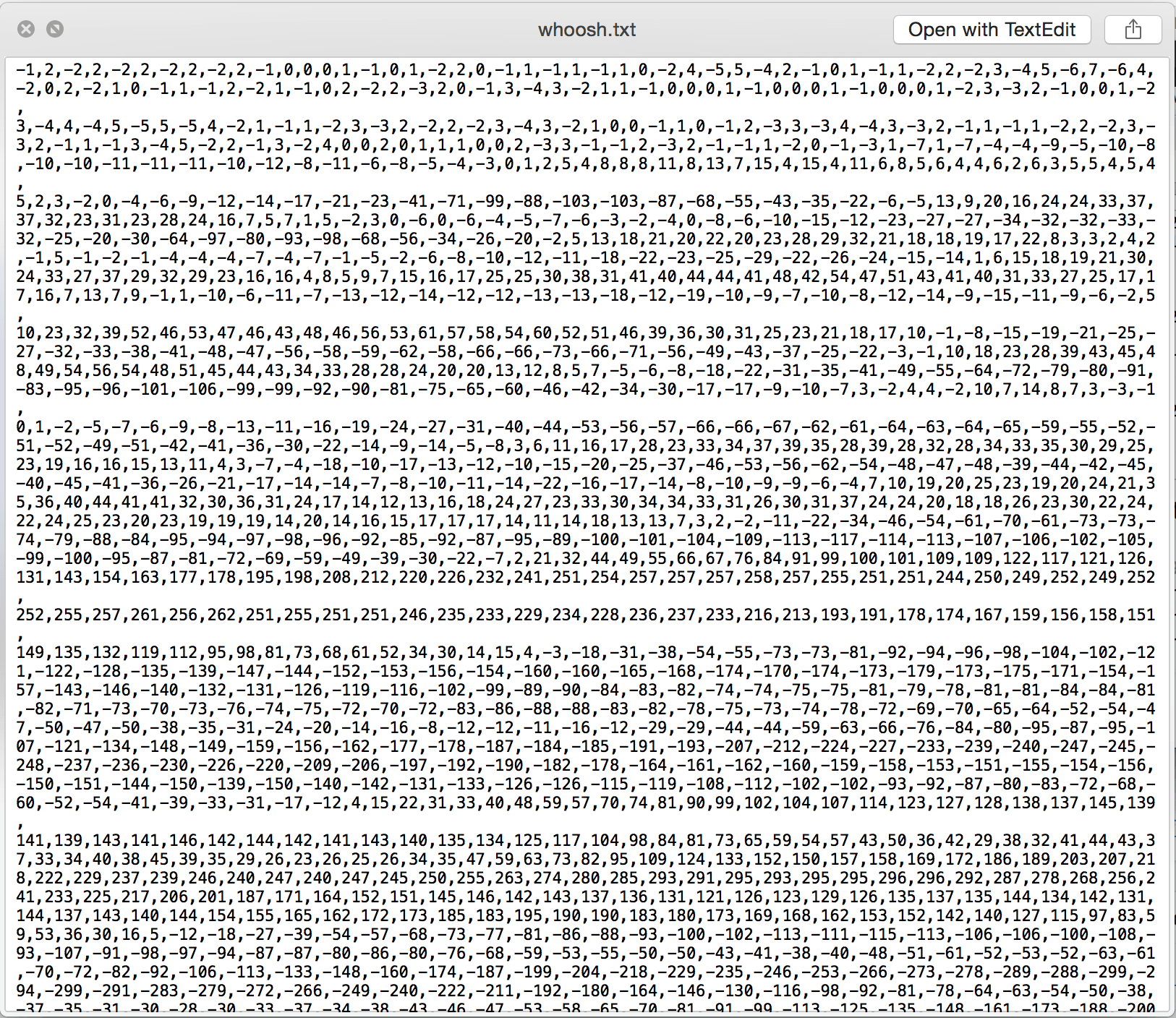I have begun the curation of vocal sounds from people based on the following categories:
Growl, Mhm (Hmm), Erm (hesitation), Snore, Grunt
Sigh, Yawn, Shhh, Gasp
Speed fast, Speed slow, Volume loud, Volume quiet, Pitch high, Pitch low
Monotone, Sing-song, Breathy, Whisper, Husky, Creaky, Mumble
Laugh, Cry, Cough
Tick, Click, Hiccups, Tutting
Inhale, Exhale
Message sent out:
Hello, my next masters project is on the voice and explorations into the sounds, intonation and objective effects that can be created by it. As such I’d be very grateful if you could take part in the project by recording your voice performing one of the following:
<list>
[The word or phrase can be anything you want, if possible could you record it in your own language and then in English (just to see the differences in translation).] Please could you repeat the sound five times, record it by any means you deem appropriate and then send the sound file to me.
Post production on the recording is entirely your choice as long as the origins of the sound are the human voice, so feel free to experiment. Any questions just let me know.
Thanks so much,
Lou






